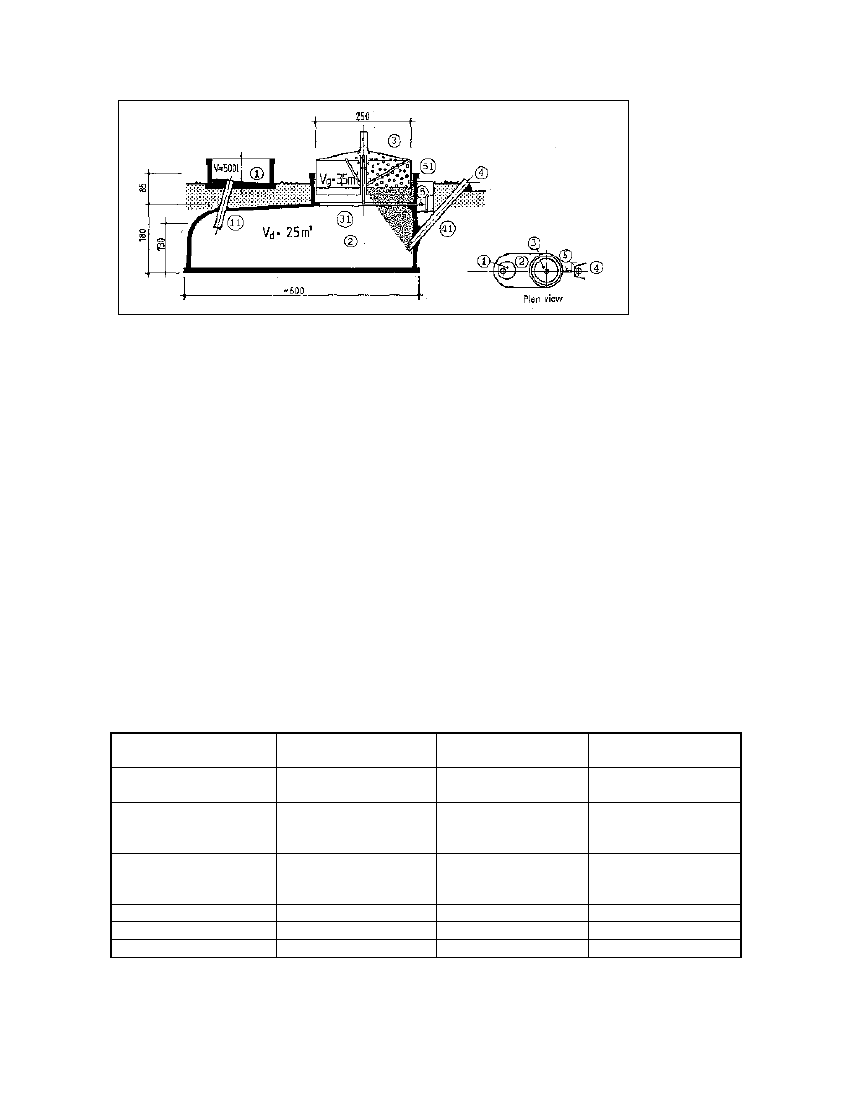
Fig. 5.15: Horizontal biogas plant (KVIC shallow design). 1 Mixing pit, 11 Fill pipe, 2 Digester, 3
Gasholder, 31 Guide frame, 4 Slurry store, 41 Outlet pipe, 5 Gas pipe, 51 Water trap (Source:
OEKOTOP / KVIC 1978)
Horizontal plants (cf. fig. 5.15)
Horizontal biogas plants are usually chosen when shallow installation is called for (groundwater,
rock). They are made of masonry or concrete.
Advantages: Shallow construction despite large slurry space.
Drawbacks: Problems with gas-space leakage, difficult elimination of scum.
Plants with separate gasholders
Masonry dome plants are sometimes equipped with separate gasholders. That approach always
involves substantial extra cost and therefore is rarely recommended. Plants with separate
gasholders are justifiable, when the points of gas consumption are a considerable distance away
from the digester (at least 1 00 m).
Altematively, a separate gasholder could be useful for restoring the utility value of, say, a fixed-
dome plant that has been found to leak at an elevated pressure level.
Table 5.7: Comparison of various plant designs (Source: OEKOTOP)
Design:
Criteria:
Design principle
Main components
digester/gasholder
Preferred substrates
Anticipated useful life
Digester volume (Vd)
Suitability:
Floating-drum
Water-jacket
Fixed dome
continuous-feed, mixed
digester
masonry digester, floating
metal gasholder
animal excrements, with
or without vegetable
waste
8-12 years
6-100 m³
continuous-feed, mixed
digester
masonry digester,
floating metal gasholder
in sep. water jacket
animal excrements with
or without vegetable
waste
10-15 years
6-100 m³
continuous-feed, mixed
digester with slurry store
masonry with
displacement pit
animal excrements plus
vegetable waste
12-20 years
6-20 m³
51